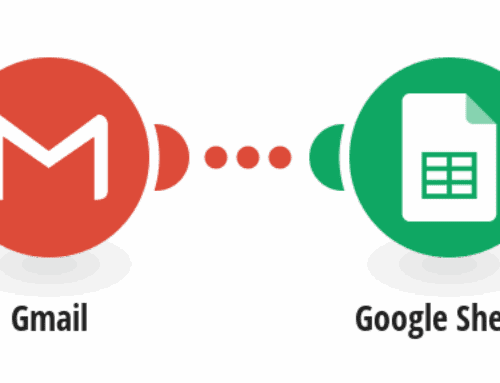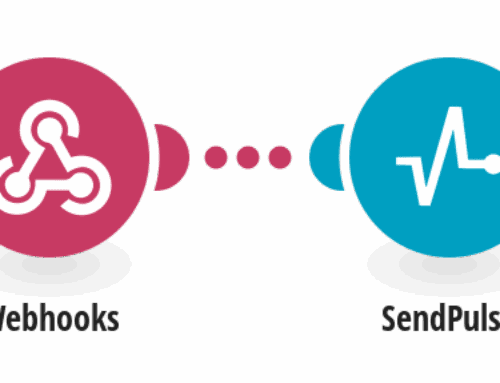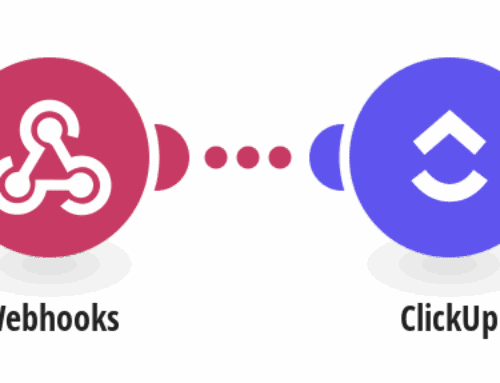Automate Slack Messages for New RSS Feed Posts Containing Specific Words
Understanding the Need for Automation
In today’s fast-paced digital world, staying updated is crucial, but it can be overwhelming to manually track new content. This is where automation steps in as your knight in shining armor. Imagine getting instant updates on your Slack channel whenever a specific keyword appears in an RSS feed post. It’s like having a personal assistant who never sleeps!
Automating this process not only saves you time but also ensures that you don’t miss out on critical information. Whether you’re waiting for the latest tech news or monitoring brand mentions, an automated system can make your digital life a whole lot easier.
What Are RSS Feeds?
RSS stands for Really Simple Syndication, and these feeds are like magic streams that deliver freshly brewed content right to your digital doorstep. RSS feeds keep you informed by aggregating content from various sources, which you can peruse at leisure. Think of them as a curated newsletter for all your favorite websites.
They are particularly useful for tracking multiple blogs or news sites without the hassle of visiting each site individually. By subscribing to an RSS feed, you ensure that relevant updates come straight to you, neatly packaged and ready for consumption.
The Role of Slack in Business Communication
Slack has become the go-to communication tool for many businesses, thanks to its flexibility and efficiency. It’s more than just a chatting platform; it’s a full-fledged hub where team collaboration happens seamlessly. From project discussions to daily check-ins, Slack handles it all with grace.
Imagine your Slack as a busy coffee shop where conversations brew nonstop. Now, if you link your RSS feed updates to this bustling hub, it’s like having an espresso shot of information every time something important comes up. Sounds invigorating, doesn’t it?
How Automation Enhances Efficiency
Automation isn’t just about doing less work; it’s about working smarter. By integrating Slack with RSS feeds, you create an efficient loop of information transfer. This way, you can focus on other tasks while your digital system takes care of updates. It’s like setting your life on autopilot.
Such automated systems boost productivity by reducing manual interventions. You no longer have to sift through countless articles to find what you need. Instead, your Slack channel alerts you the moment a keyword of interest pops up. It’s efficiency at its finest.
Setting Up Your Automation System
Choose Your Tools Wisely
First things first, decide on the tools you’ll use to set up this automation. Make.com provides a seamless integration experience, allowing you to connect Slack with any RSS feed. It’s like the Swiss army knife of integration tools—versatile and indispensable.
While Make.com is robust, it’s essential to explore other options too, depending on your specific needs. The key is to pick a tool that aligns well with your existing systems, ensuring a smooth flow of information.
Step-by-Step Guide
Begin by logging into your Make.com account and selecting the ‘Create a scenario’ option. You’ll then choose Slack and RSS as the apps to connect. It’s similar to setting up a direct hotline between two friends eager to share juicy gossip.
Next, you’ll set conditions for when and how the messages should be sent. Specify keywords that will trigger the alerts, and don’t forget to test the setup to ensure everything works perfectly. It’s a little like tweaking the radio dial until you hear your favorite station crystal clear.
Troubleshooting Common Issues
Even the best-laid plans can hit a snag, and automation is no different. Issues like incorrect configurations or network errors can arise. But fear not! Troubleshooting is simply a matter of retracing your steps and checking each part of your setup meticulously.
Ensure your keywords are correctly spelled, and confirm that Slack’s permissions allow for such integrations. Think of troubleshooting as debugging a program—tedious but essential in ensuring smooth operation.
Maximizing the Benefits of Automation
Customize Your Notifications
One size doesn’t fit all, so tailor your notifications to suit your personal needs. Maybe you want alerts only during work hours or wish to prioritize certain feeds over others. Adjust the settings accordingly to get the most out of your automation setup.
Customization can elevate your automation experience from good to great. By fine-tuning alerts, you ensure that only the most relevant information reaches you, much like filtering out the static to hear the melody clearly.
Constantly Review and Improve
Technology is ever-evolving, and so should your automations. Periodically review your setup to incorporate new features or improvements. Remember, the aim is to stay ahead of the curve and not just keep pace with it.
Consider this process akin to pruning a tree; regular maintenance leads to healthier growth and, in this case, more efficient information gathering.
Conclusion
Automation through Slack and RSS feeds is a game-changer for anyone seeking to streamline information flow. By setting up a system tailored to your needs, you open doors to efficiency and productivity. Like a well-oiled machine, your workflow can hum along smoothly, delivering timely updates without constant supervision.
Embrace this technology to free yourself from the mundane tasks of information tracking and focus on what truly matters—staying informed and making impactful decisions.
FAQs
- Can I use any RSS feed with Slack integration? Yes, most RSS feeds can be connected to Slack using integration tools like Make.com.
- Are there any costs involved in setting up this automation? Make.com offers various pricing tiers, including a free plan with basic functionalities.
- Is it possible to filter multiple keywords? Absolutely, you can set up multiple triggers for different keywords.
- What if Slack is down? Will my messages be queued? Most integration tools will attempt to resend messages once Slack is back online.
- How secure is this integration? Both Slack and RSS feeds are protected by standard security protocols, and additional layers can be implemented as needed.









